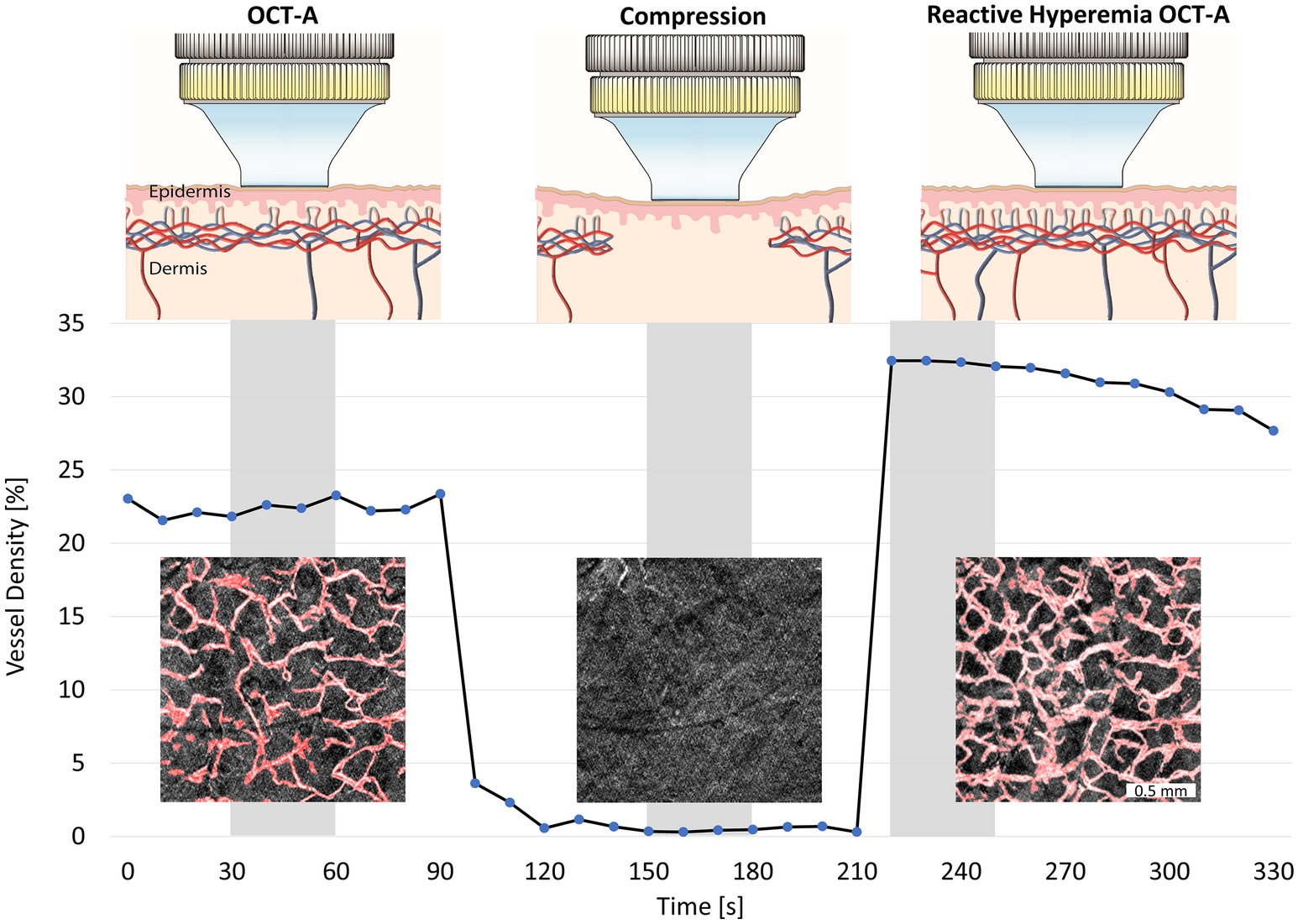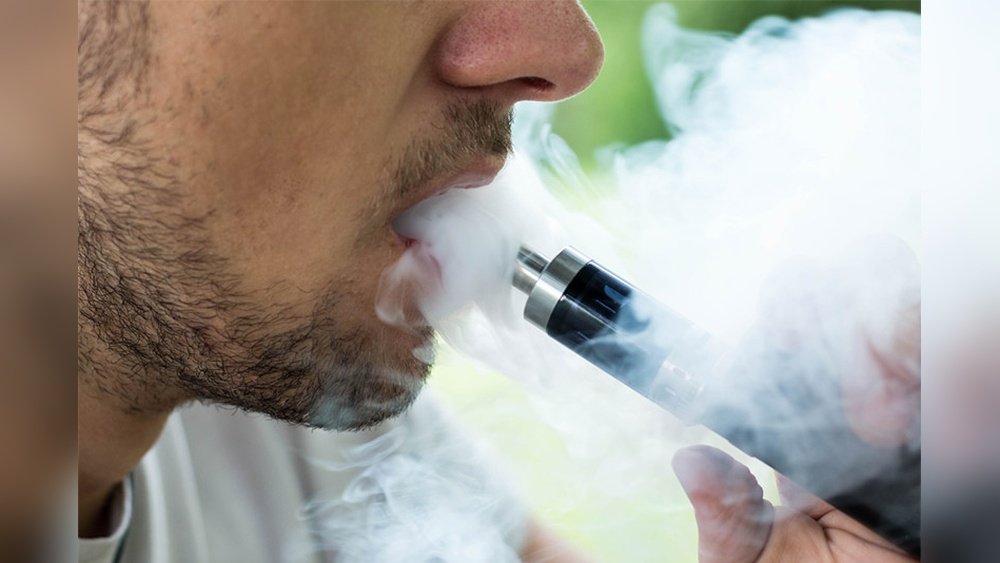Have you ever wondered how smoking affects the tiny blood vessels in your face? These microvessels play a crucial role in keeping your skin healthy and glowing.
When you smoke, harmful chemicals enter your body and start to narrow and damage these delicate vessels. This leads to less oxygen and fewer nutrients reaching your skin, which can cause dullness, wrinkles, and even that dreaded “smoker’s face. ” But what exactly happens beneath the surface, and can quitting smoking really help your skin recover?
Keep reading to discover how smoking impacts your facial microvessels and what you can do to protect your skin’s natural beauty.

Credit: www.nature.com
Effects Of Smoking On Facial Blood Flow
Smoking harms facial blood flow in many ways. It changes how blood moves through tiny vessels in the skin. This reduces the skin’s ability to get what it needs to stay healthy. The skin looks dull and ages faster because of these changes. Below are key effects smoking has on facial blood flow.
Vasoconstriction And Reduced Circulation
Smoking causes blood vessels to tighten. This narrowing is called vasoconstriction. It limits the amount of blood flowing near the skin’s surface. Less blood flow means fewer cells get oxygen and nutrients. The skin can become pale and dry. Over time, this poor circulation damages the skin’s texture and color.
Oxygen And Nutrient Deprivation
Blood carries oxygen and nutrients vital for skin repair. Smoking lowers the blood’s ability to deliver these essentials. Carbon monoxide from smoke binds to red blood cells, reducing oxygen levels. Nutrient delivery slows down, weakening skin cells. This deprivation leads to wrinkles, slow healing, and a tired facial appearance.

Credit: www.nature.com
Damage To Facial Capillaries
Smoking causes serious damage to the tiny blood vessels in the face. These small vessels, called capillaries, play a key role in delivering oxygen and nutrients to the skin. When smoking harms these vessels, the skin suffers from poor blood flow and less nourishment. This damage leads to visible changes in skin color, texture, and overall health.
Facial capillaries become less efficient and more prone to injury due to smoking. The toxins in cigarette smoke cause the vessels to narrow and weaken. Over time, this results in lasting damage that affects the skin’s appearance and healing ability.
Capillary Narrowing And Fragility
Smoking causes the facial capillaries to narrow significantly. This narrowing reduces blood flow to the skin’s surface. Less blood flow means less oxygen and fewer nutrients reach the skin cells.
The walls of these capillaries also become fragile. Fragile capillaries break easily, causing redness and small visible blood vessels. This condition is often called “broken capillaries” or spider veins.
Fragile capillaries increase the risk of inflammation and slow healing. The skin loses its natural glow and may look dull or uneven.
Impact On Skin Health
Poor blood circulation harms skin health deeply. The skin becomes dry and loses elasticity. Wrinkles and fine lines appear faster than normal.
Damaged capillaries cause uneven skin tone and persistent redness. Dark circles and puffiness may develop around the eyes.
Smoking also slows down the skin’s ability to repair itself. This leads to longer recovery times after injuries or skin problems.
Overall, smoking speeds up skin aging and causes a tired, unhealthy look.
Visible Changes In Skin Appearance
Smoking harms facial microvessels, causing clear changes in skin look. These vessels supply oxygen and nutrients. When damaged, skin health drops and signs of aging rise. The skin may appear dull, uneven, and tired. Below are key visible changes smoking causes.
Development Of Wrinkles And Lines
Smoking speeds up wrinkle formation. It narrows small blood vessels, cutting oxygen flow to skin cells. This lowers collagen and elastin, fibers that keep skin firm and smooth. Wrinkles form earlier and look deeper. Lines around lips and eyes become more obvious. Repeated facial movements while smoking add to these lines.
Redness And Hyperpigmentation
Smoking irritates skin, causing redness. Blood vessels become inflamed and fragile. This makes skin blotchy and uneven in color. Dark spots, or hyperpigmentation, appear more on cheeks and around mouth. Toxins in smoke increase melanin, the pigment causing dark patches. Skin loses its natural glow and looks tired.
Facial Asymmetry Linked To Smoking
Smoking harms the tiny blood vessels in the face. This damage often leads to facial asymmetry. One side of the face may look different from the other. The skin may lose its natural glow and appear uneven. Changes in blood flow and tissue health cause these effects. Over time, smoking makes these differences more visible.
Toxin Exposure And Vascular Issues
Cigarette smoke contains many harmful toxins. These toxins enter the bloodstream and damage facial microvessels. The small vessels may narrow or become blocked. This reduces blood flow to parts of the face. Poor circulation causes skin to lose oxygen and nutrients.
Damaged microvessels also weaken the skin’s structure. Collagen and elastin breakdown speeds up. This leads to sagging and uneven skin texture. Facial asymmetry grows as one side suffers more damage. Toxins trigger inflammation, worsening vascular problems.
Comparison With Other Lifestyle Factors
Other habits also affect facial symmetry. Excessive sun exposure can cause uneven skin tone. Poor diet and lack of sleep reduce skin health. Alcohol use may lead to puffiness and redness.
Smoking causes more severe vascular damage than most factors. The toxins directly injure blood vessels and skin cells. The result is faster and more obvious asymmetry. Combining smoking with other risky habits worsens facial damage. Avoiding smoking offers the best chance to keep a balanced face.
Recovery And Treatment Options
Recovering from the damage smoking causes to facial microvessels takes time and care. The tiny blood vessels in your face suffer from reduced blood flow and oxygen. This leads to dull, uneven skin and visible redness. Treatment options aim to restore circulation and improve skin health. Quitting smoking is the first step. Other treatments can help repair the visible damage and boost your skin’s appearance.
Benefits Of Quitting Smoking
Stopping smoking improves blood flow to your face. Oxygen and nutrients reach your skin more easily. This helps rebuild healthy skin cells and collagen. Over time, wrinkles and redness fade. Your skin tone becomes more even. Quitting also lowers the risk of further microvascular damage. The healing process starts within days and continues for months. Your skin gains a healthier, more vibrant look. Quitting smoking is the most effective way to support recovery.
Cosmetic Procedures For Microvascular Damage
Cosmetic treatments help reduce visible damage from smoking. Laser therapy targets broken blood vessels and redness. It also stimulates collagen production for firmer skin. Dermal fillers restore volume lost due to poor circulation. Neuromodulators soften wrinkles around the mouth and eyes. These procedures improve skin texture and symmetry. They do not replace quitting but can enhance results. A skilled dermatologist will tailor treatments to your skin’s needs.

Credit: faseb.onlinelibrary.wiley.com
Frequently Asked Questions
What Affect Does Smoking Have On The Capillaries In The Face?
Smoking narrows facial capillaries, reducing blood flow and oxygen delivery. This causes skin dullness, redness, and premature aging signs like wrinkles.
Will Quitting Smoking Improve My Face?
Quitting smoking improves facial skin by restoring blood flow and collagen. It reduces wrinkles, redness, and uneven pigmentation for a healthier appearance.
How Does Smoking Affect Face Symmetry?
Smoking narrows facial blood vessels, reducing oxygen and nutrients. This leads to skin damage and uneven facial features, causing asymmetry.
How To Fix Smoker Face?
Fix smoker face by quitting smoking to restore collagen and improve skin health. Use treatments like laser resurfacing, dermal fillers, and neuromodulators to reduce wrinkles and lip lines effectively. Maintain skin hydration and protect from sun damage for better results.
How Does Smoking Affect Facial Microvessels?
Smoking narrows facial microvessels, reducing blood flow and oxygen supply to the skin.
What Skin Problems Arise From Damaged Facial Microvessels?
Damaged microvessels cause dullness, redness, wrinkles, and slower skin healing.
Conclusion
Smoking harms the tiny blood vessels in your face. It reduces blood flow, starving skin of oxygen and nutrients. This damage can cause dullness, wrinkles, and uneven skin tone. Stopping smoking helps your skin heal and regain some youthfulness. Healthy habits support better blood circulation and skin health.
Protect your face by avoiding tobacco and caring for your skin daily. Small changes lead to visible improvements over time. Your face reflects your lifestyle—choose wisely for a healthier look.
 Skip to content
Skip to content 